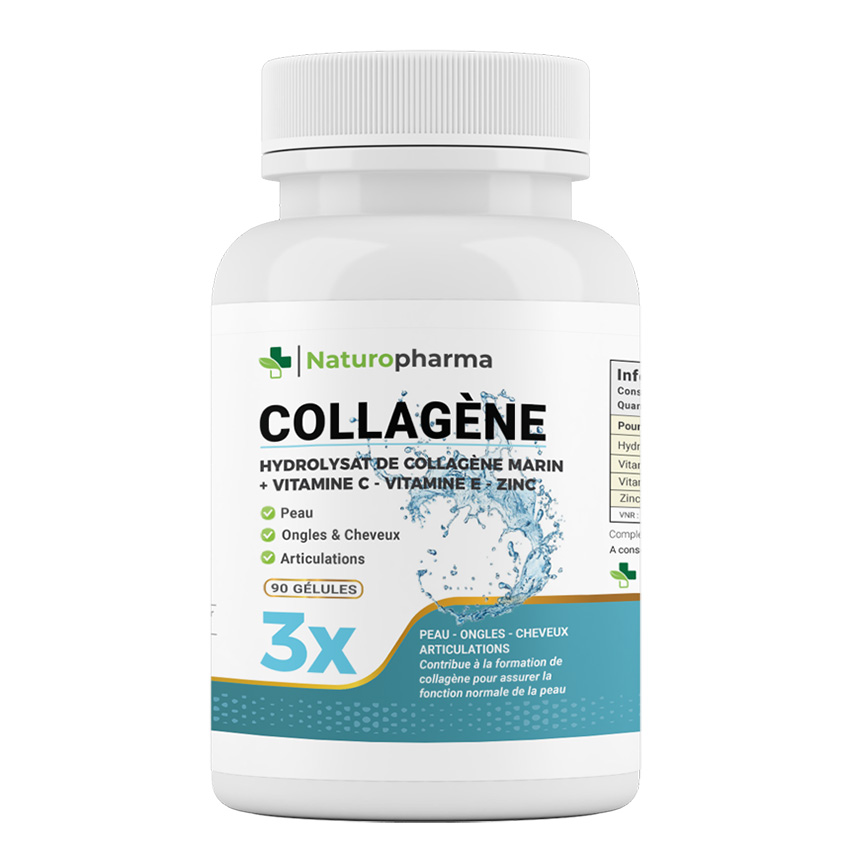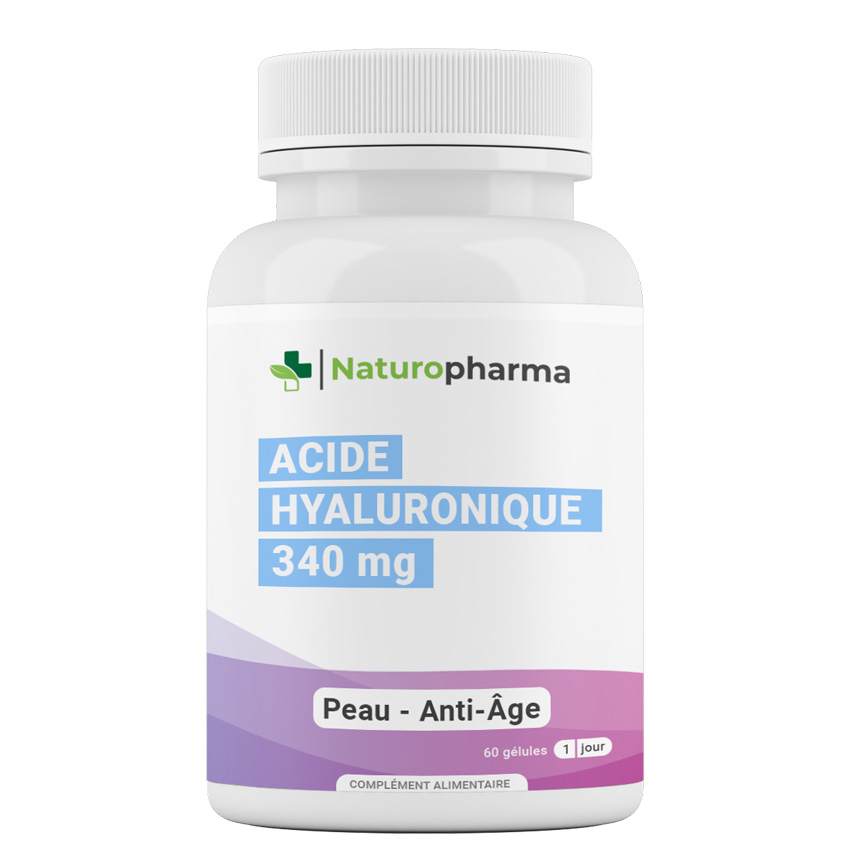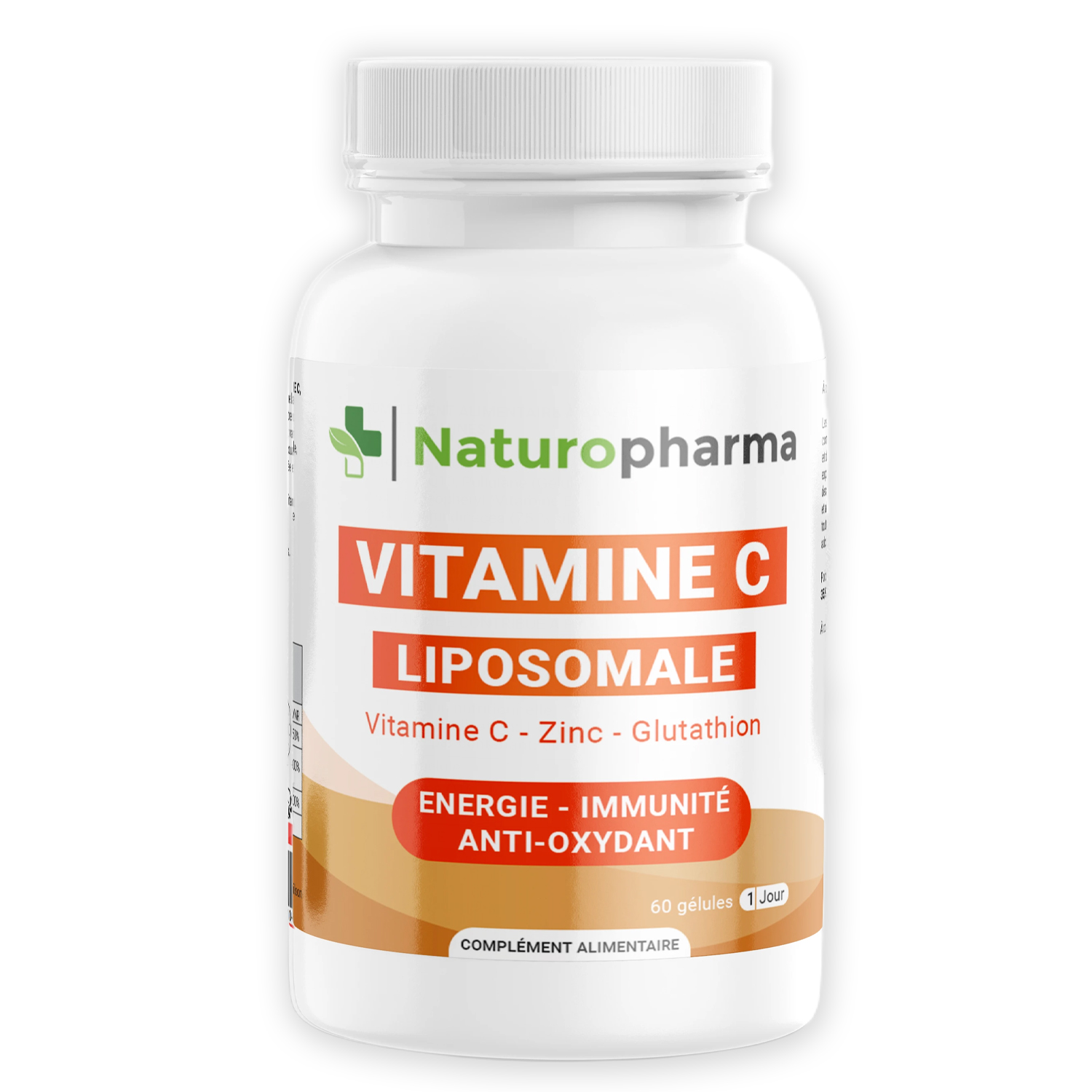Summary sheet
- Common name Garlic, Bear's garlic (wild garlic)
- Other names : Garlic (English)
- Scientific name : Allium sativum (cultivated garlic), Allium ursinum (wild garlic)
- Family Liliaceae
- Origin Central Asia
- Part used : Bulb
- Main assets Aliine, allicin, ajoenes, allyl sulphides
- Main properties Cardio-protective | Anti-cholesterol | Antioxidant | Antimicrobial
What is garlic?
Garlic is a superfood known since ancient times for its many medicinal virtues. As well as being a an essential culinary ingredientIt is used for prevent cardiovascular disease, reduce cholesterol and boost the immune system.
Thanks to its high sulphur compoundsgarlic has powerful antibacterial, antifungal and antiviral propertiesmaking him a natural antibiotic. It also contributes to fight respiratory infections, improve blood circulation and protect cells against oxidative stress.
Origin and cultivation of garlic
Garlic originates fromCentral Asia and was already in use more than 5000 years in Egypt, China and India.
History and traditional uses
- Ancient Egypt used to boost the stamina of workers building the pyramids
- Ancient Greece The Olympic Games athletes used garlic to improve their performance
- Middle Ages natural remedy for plague and infections
- Second World War used as antiseptic on the soldiers' wounds
Today, garlic is grown all over the worldwith varieties adapted to temperate and tropical climates.
Composition and benefits of garlic
Garlic owes its medicinal properties its richness in sulphur compoundsincluding :
- Aliine → Allicine Active molecule responsible for antibacterial and antifungal effects
- Ajoenes and allyl sulphides : Protective effect on the system cardiovascular
- Flavonoids and saponins : Antioxidant effect and immune system support
- Vitamin C, selenium and zinc : Boosting immunity
Properties and benefits of garlic
1. Cardiovascular protection
Garlic is recognised for its protective role on the heart and blood vessels. It helps to :
✔ Reducing blood pressure
✔ Lower LDL ("bad") cholesterol levels
✔ Prevent the formation of blood clots
👉 One meta-analysis of 29 studies showed that garlic significantly reduces total cholesterol and blood pressure after 2 months of regular consumption (source).
2. Cholesterol reduction
Garlic works by modulating blood lipids and preventing the build-up of LDL cholesterolwhile increasing the HDL cholesterol (Protector).
👉 A 2013 study confirmed that garlic reduces total cholesterol levels by 10 to 15 %especially when consumed in the form of food supplement (source).
3. Antioxidant effect and prevention of cell ageing
Garlic contains sulphur compounds which neutralise free radicals and protect the body against :
✔ The premature ageing
✔ The chronic inflammatory diseases
✔ Some types of cancer
👉 L'US National Cancer Institute has classified garlic as one of the best foods for cancer preventionthanks to its protective action on cellular DNA.
4. Antimicrobial and antifungal properties
Garlic is a natural antibiotic capable of acting against a wide range of bacteria and fungi:
✔ Escherichia coli, Staphylococcus aureus, Helicobacter pylori (responsible for ulcers)
✔ Candida albicans (mycosis)
✔ Pseudomonas aeruginosa (resistant to antibiotics)
👉 A study published in 2013 showed that garlic increases the effectiveness of antibiotics by making bacteria more sensitive to treatment (source).
5. Boosting immunity and fighting infection
Garlic stimulates production of white blood cells and improves immune response. It is particularly effective for :
✔ Preventing and treating respiratory infections (colds, flu)
✔ Reducing the duration and intensity of symptoms
👉 A study has revealed that daily intake of garlic reduces the risk of catching a cold by 63 % and speeds up recovery by 70 % (source).
How should garlic be eaten?
Garlic is available in several forms:
✔ Raw garlic (most effective, but strong taste)
✔ Tablets and capsules (standardised extract for precise dosage)
✔ Essential oils and liquid extracts
✔ Black fermented garlic (milder and concentrated in antioxidants)
Recommended dosage
✔ Cardio-protection 600 to 1200 mg/day (standardised extract)
✔ Infection prevention 2 to 4 g of raw garlic a day
✔ Anticholesterol 900 mg/day for at least 2 months
Precautions and contraindications
Possible side effects
❌ Fragrant breath and perspiration
❌ Gastric irritation in high doses
❌ Increased risk of bleeding (interaction with anticoagulants)
Not recommended for certain people
🚫 Patients on anticoagulants (warfarin, aspirin, etc.)
🚫 People suffering from ulcers or digestive disorders
🚫 Pregnant and breast-feeding women (in excess)
Suggested associations
✔ Cardiovascular protection → Turmeric
✔ Antibacterial effect → Ginger
✔ Immune reinforcement → Echinacea
✔ Circulatory support → Grape marc
Summary and opinion on garlic
Garlic is a superfood with multiple benefits :
✅ Protects the heart and reduces cholesterol
✅ Powerful antibacterial and antifungal agent
✅ Strengthens the immune system and fights infections
✅ Natural antioxidant and anti-inflammatory
Visit regular consumptionit is a a natural ally for your health and can be integrated in the form of food supplements for a optimum effect.
Scientific sources
Ankri S, Mirelman D. Antimicrobial properties of allicin from garlic. Microbes Infect. 1999. (source)
Ried K. Garlic lowers blood pressure in hypertensive individuals. J Nutr. 2016. (source)
Lissiman E, et al. Garlic for the common cold. Cochrane Database. 2014. (source)










